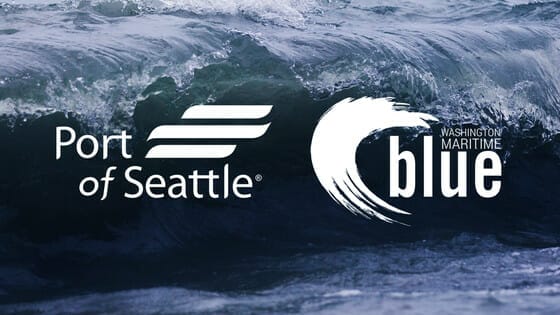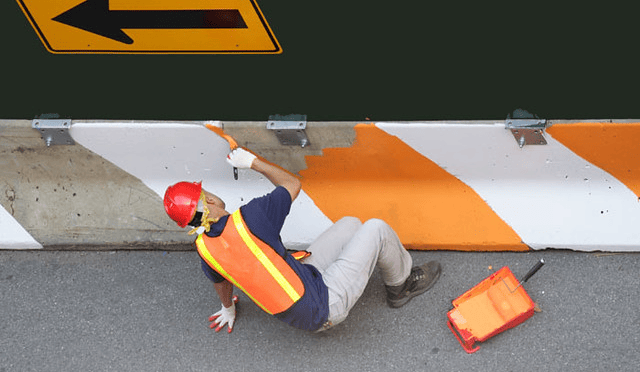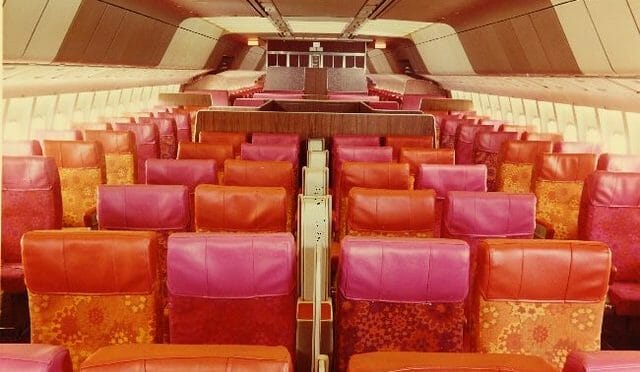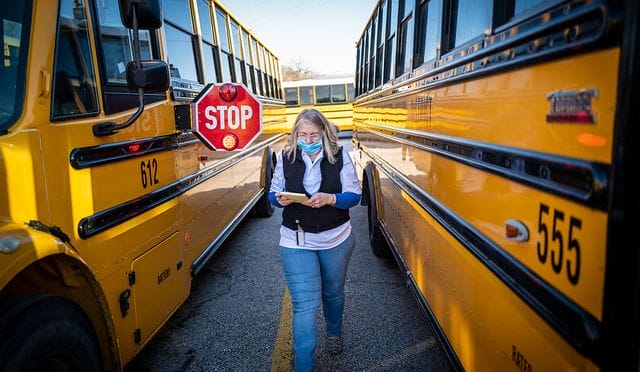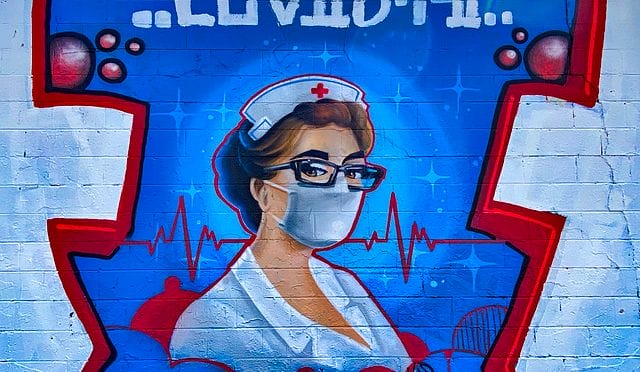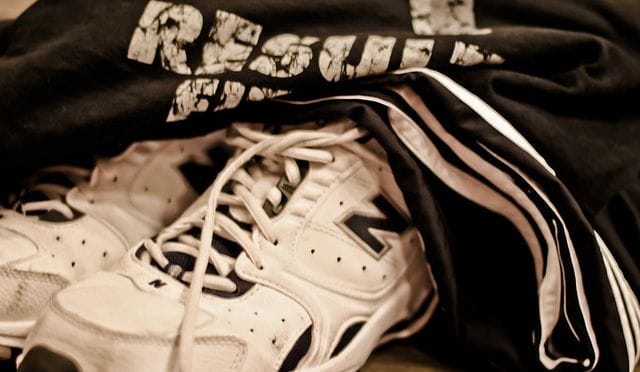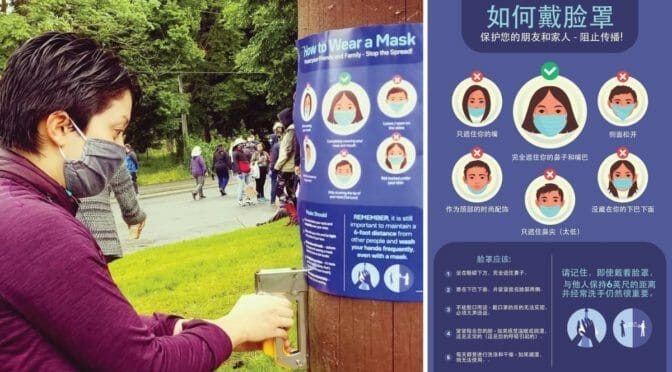Additional funding for Maritime Blue will provide two more years of maritime innovation for the region.
The Port of Seattle Commission approved another two years of funding for Washington Maritime Blue, a non-profit strategic alliance formed to foster maritime innovation and sustainability in support of an inclusive blue economy. The Port’s support will help advance economic recovery by offering a maritime accelerator initiative, hosting maritime blue forums and developing a prioritized strategic plan and budget for 2021-2022. The contract would be for two years at the rate of $150,000 annually.
“The Port of Seattle is committed to investing in ways to advance innovation and sustainability in the maritime industry through partnerships with organizations like Washington Maritime Blue. It’s more important than ever as we look to jumpstart our economy that we draw from the maritime expertise, entrepreneurial spirt and environmental ethic inherent in the Northwest to help assure that the economic recovery of our region floats the boats of those who need it most,” said Fred Felleman, Port of Seattle Commission Vice President and Maritime Blue Board member.
The Port of Seattle has partnered with Maritime Blue over the past year to advance maritime innovation initiatives. Maritime Blue piloted a successful business accelerator program, identified access to capital issues facing the maritime industry and worked with the Port on greenhouse gas reduction strategies. Maritime Blue also helps introduce youth from a diversity of backgrounds to job opportunities through the management of the Youth Maritime Collaborative with additional support from the Port of Seattle and the City of Seattle.
“We thank the Port of Seattle for continuing its investment in this valuable work,” said Joshua Berger, the Governor’s Maritime Sector Lead. “These dollars will allow another two years of continued development and growth in an industry that has provided this state its economic ballast.”
Market research confirms that Maritime Blue is the only maritime cluster organization with the capability and focused support network to implement this partnership with the Port. At this time, no other maritime nonprofit organization or public agency has the expertise, breadth of advisory members or focus that will allow us to work in partnership to pilot a virtual maritime business accelerator program and advance key elements of Washington State’s Strategy for a Blue Economy. Investing in this partnership supports the Port’s Century Agenda objectives to be the greenest and most energy efficient Port in North America and to responsibly invest in the economic growth of the region and all its communities.
Select this Port of Seattle link for further background on what accelerator projects have been doing, along with a more in-depth interview with the program creator, and a project blog focused on equity and logistics.
About Washington Maritime Blue
Washington Maritime Blue is a non-profit, strategic alliance formed to accelerate innovation and sustainability in support of an inclusive blue economy.
With a mission to implement Washington State’s Strategy for the Blue Economy delivered by Governor Jay Inslee’s Maritime Innovation Advisory Council, it is a partnership between industry, public sector, research & training institutions, and community organizations.
Maritime Blue works to create a world-class, thriving, equitable and sustainable maritime and ocean industry through knowledge sharing, joint innovation, entrepreneurship, commercialization, business, and workforce development. For more information, contact info@maritimeblue.org.
